
Our Office
Arusha Tanzania
Hotline
+255 689 140 127
Email us
info@arisisafaris.com

Arusha Tanzania
+255 689 140 127
info@arisisafaris.com
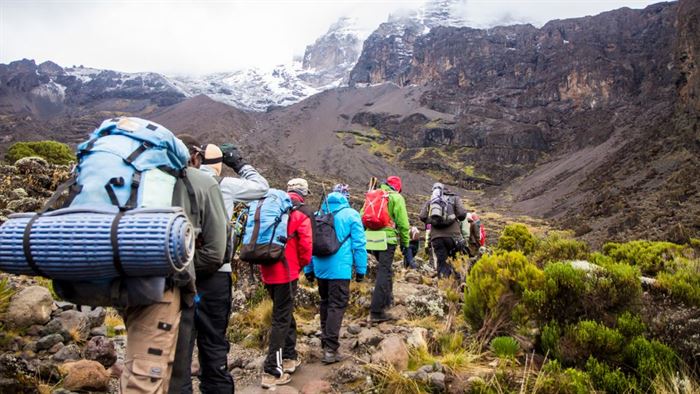

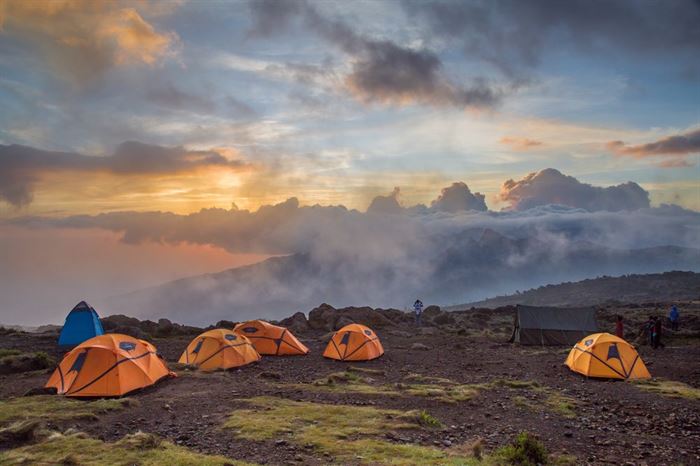
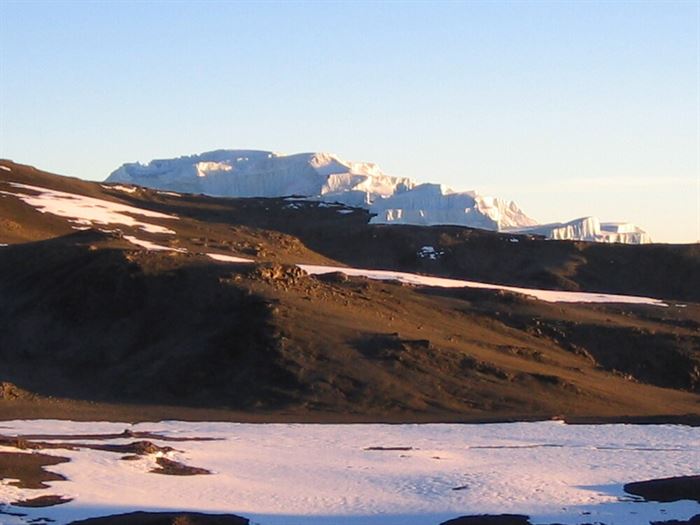
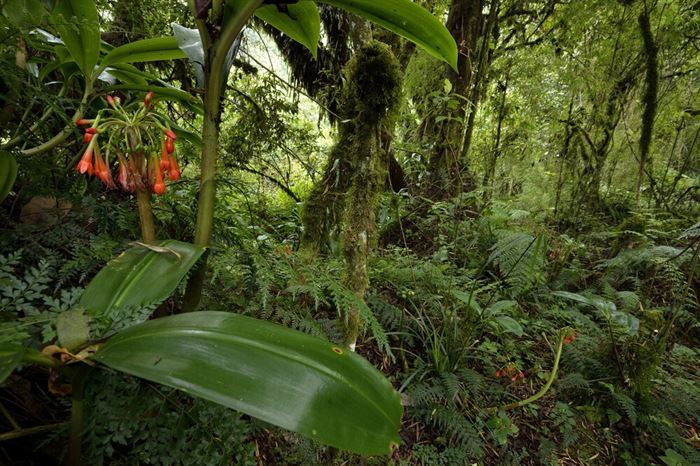
Need help with booking? Send Us A Message
Marangu route which is popularly known as the coca cola route is one of the least easy route to the summit.
It is the only route where sleeping is in dormitories that are powered by solar energy unlike all other routes where you have to sleep on tents (Camping). There are 60 bunk beds each at Mandara and Kibo huts, and 120 bunk beds at Horombo hut. This route is an ideal during rainy season.
All other routes on Kilimanjaro require climbers to descend via Mweka Gate, it is only Marangu route that require climbers to descend by the same trail. Below is the 6 days on the mountain itinerary.
Elevation: 1830m/6000ft to 2740m/9000ft
You will be met on arrival and transfer to a standard hotel in Arusha/Moshi, on Bed & Breakfast. This day a pre-trek briefing will be given by your lead mountain guide. Your trekking equipment will also be checked; you have an option to rent any other needed equipment for your trek.
After breakfast you will be given a short briefing, then you will drive to Kilimanjaro National Park which takes 2 hours from Arusha town. After registration and acquiring climbing permit at Marangu entrance gate (1,860 m) your climb will commence. You will walk through rainforest (tropical showers are highly probable). When arriving at the camp, our mountain crew will take care of all the necessities for you to settle down and have lunch.
Elevation: 1,860m/6,100ft to 2,700m/8,858ft
Distance: 8k/5mil
Hiking Time: 5-7 hours
Habitat: Mountain Forest
Meals: Breakfast, Lunch and Dinner
Today after breakfast you will leave the glades of the rain-forest and follow the path on the open moorlands to the Horombo escarpment (3,720m). When in this area you will be able to view two volcanos at once: Kibo and Mawenzi.
Elevation: 2,700m/8,858ft to 3,720m/12,204ft
Distance: 12k/7.5mil
Hiking Time: 5-6 hours
Habitat: Heathland
Meals: Breakfast, Lunch and Dinner
Spend this day at Horombo Hut with optional hike by Mawenzi base camp and return to Horombo Hut. This day will help you acclimatize and get prepared for the fourth day of the climb.
Elevation: 2,700m/8,858ft to 3,720m/12,204ft
Distance: 0
Hiking Time: 0
Habitat: Heathland
Meals: Breakfast, Lunch and Dinner
On this day, after breakfast you will start your trek towards Kibo Hut. You will walk through upper heathland that blends into a moonscape as you enter the sweeping saddle connecting Mawenzi and Kibo. We will stop for lunch then proceed to Kibo huts you will rest as much as you can to prepare your body for the summit.
Elevation: 3,720m/12,204ft to 4,700m/15,500
Distance: 9km/5.5mil
Hiking Time: 5-6 hours
Habitat: Alpine Desert
Meals: Breakfast, Lunch and Dinner
Excitement is building as morning comes with an early start between midnight (2 am). This is the most mentally and physically challenging portion of the trek. We continue our way warm and focused on the amazing sense of accomplishment that lies ahead. With a switchback motion, we ascend through heavy scree and possibly snow towards Gillman’s Point on the crater rim. After your successful ascent to Uhuru Peak which is the highest point in Africa, you can descend to the nearest glacier if desired. Then you will return to Kibo camp and after a two-hour rest you will continue with descent to Horombo Hut.
Elevation: 4,700m/15,500 to 5895m/19,340ft
Down to 3,720m/12,204ft
Distance: 6km/4mil up / 15km/9mil down
Hiking Time: 9-12 hours
Habitat: Arctic
Meals: Breakfast, Lunch and Dinner
After breakfast, we will head to Kilimanjaro National Park exit: Marangu gate (1,860m). When reaching the gate your mountain crew will congratulate you for this adventure; a certificate will be issued to you to commemorate this adventure.
Elevation: 3,720m/12,204ft to 1,860m/6,100ft
Distance: 20k/12.5mil
Hiking Time: 4-5 hours
Habitat: Forest
Meals: Breakfast
After breakfast from your hotel, your transfer driver will take you to Kilimanjaro/Arusha airport for your departure flight.
The inclusions and exclusions vary by tour. Each tour has its specific set of inclusions and exclusions. Please refer to the individual tour page to see what is specifically included in that tour.
Many texts state that Kilimanjaro is “easily accessible”. However, you should not underestimate this mountain. There are no technical mountaineering skills required, but general fitness is necessary. However, the biggest problem for climbers is the effects of high altitude, which seem to be unrelated to fitness, age, or gender.
It is a good idea to start some physical training prior to the trek, which might include aerobic cross training and hiking to familiarise your body with the rigors of the trek. The fitter you are, the easier the climb will be for you. Determination and will power is another important factor.
Please use the main menu on the left to browse through our section “Resources>Health information for Kilimanjaro climbers”.
On camping trips, all equipment will be provided except for a 4-season sleeping bag. You do not need to provide any other camping gear; only personal belongings. See our Kilimanjaro packing list and Safari packing list.
It should be noted that the luggage limit per person on domestic flights is 15-20 kg per person (checked-in and hand luggage).
On your inbound flight, don’t check in items that you absolutely need (such as medicines), as it is not uncommon that checked-in luggage gets misdirected and arrives in Tanzania a couple of days after you. It is better to have such items in your hand luggage.
preference, let us know, and we will offer alternatives from our vast network of company-owned and partner accommodations. Booking with us allows you to enjoy discounted rates as we have special agreements with our partners.
Around 80% of climbers choose the Marangu Route (5 or 6 days), which is commonly referred to as the “Tourist” or “Coca Cola” Route. The rest usually goes for the Umbwe, Rongai, or Machame Route (6 or 7 days). The other two routes (Shira and Lemosho) are far less frequented and therefore allow for a more remote and natural experience.
Please note that many of the routes meet on a mid-way point and there are only three routes to the summit.
Please see our route comparison table, read the descriptions of the routes, and ask us if you have any questions.
Kilimanjaro can be climbed throughout the year.
January to March is a very good month with mild temperatures and almost no clouds in the morning and late afternoon. During the day, however, there might be few short rain showers or little snow on the summit. The main rainy season starts end of March and lasts until the end of May. For Kilimanjaro climbers, this means that clouds may block visibility and there might be heavy rains on the lower altitudes and snow on the summit. June, July, and August can be cold, but visibility is usually very good. Temperatures rise in September and October, however, during this time of the year, there is often a belt of mist on the middle altitudes, leaving the summit’s peak through the clouds. November and December usually have perfect visibility in the nights and morning, but short rains during the day and thunderstorms in the late afternoon are common.
For Kilimanjaro climbers, a factor to take into account is the full moon – it is a unique experience to climb the roof of Africa lit under the shining moonlight only without having to use headlights.
Where can I get a visa for Tanzania?
Where in Tanzania is Moshi/Kilimanjaro and how do I get there?
Who will be my guide?
Will I be able to speak to people in English in Tanzania?
The official and spoken languages of the country are Swahili and English. Many people have English as their second language as they were taught this at school. All Tanzanian working in the tourism field can communicate in English.
In the countryside, or when communicating with children, local women, or individuals of lower school education, it might, however, be difficult to speak in English.
It is appreciated by locals if travelers can speak some words in Swahili. A few words are surprisingly easy to master. It is a good idea to spend a few dollars to purchase a Swahili phrasebook.

Arisi Safaris is a tour operation company registered in Tanzania. We do our tours in Tanzania, Kenya, Uganda, Rwanda and other countries in Africa.
Give Us A Call
Drop Us a Line
Office Location
Ut enim ad minim veniam, quis nostrud exercitation ullamco laboris nisi ut aliquip ex ea commodo consequat. Duis aute irure dolor in reprehenderit in